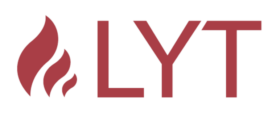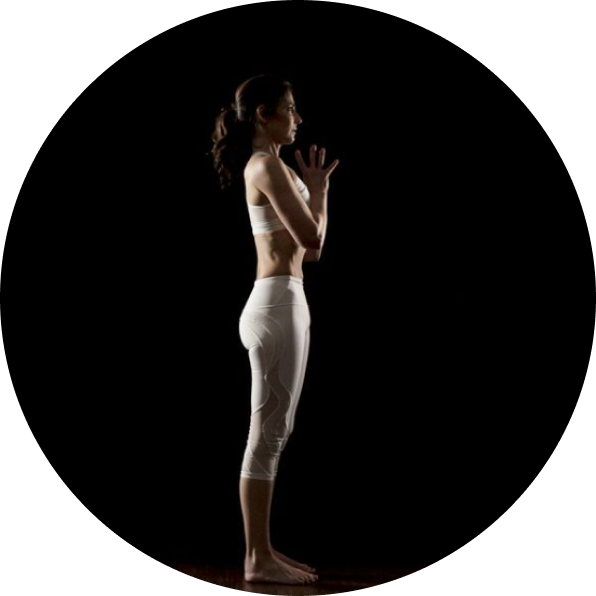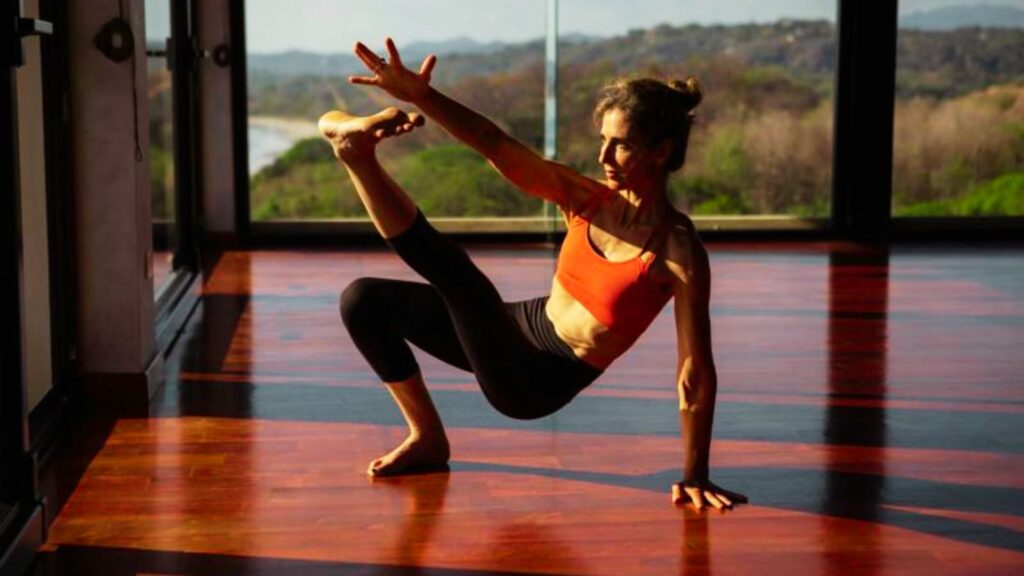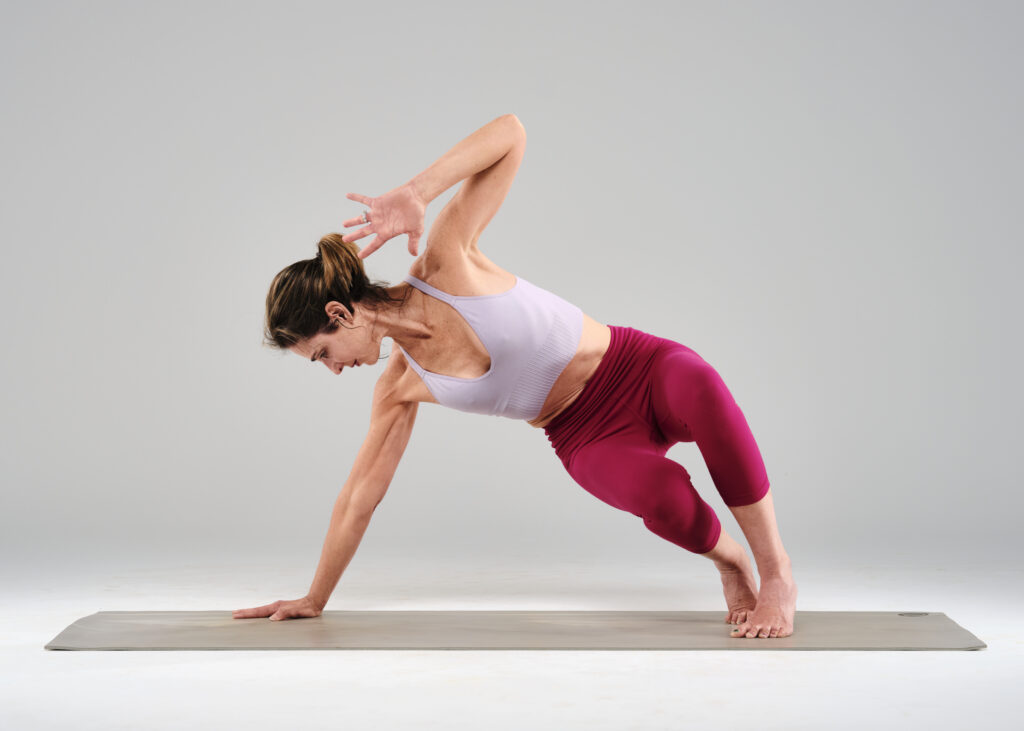When it comes to athletics, nothing can be more devastating than an injury. Being sidelined has not only physical but emotional effects as well. Athletes want to get back on the field or court as soon as possible. Many physicians still prescribe the decades-old remedy of RICE – rest, ice, compression, elevation – despite more recent research demonstrating this is not the treatment method of choice. In fact, Dr. Gabe Mirkin who originally coined the term in 1978 publicly renounced his position in a 2015 publication on his personal website.
Ice, or cryotherapy, has been used in medicine for years to bring down inflammation in the area of the injured soft tissue structure. However, the literature in recent years has found that when ice is applied for prolonged periods, the lymphatic vessels increase their permeability and fluid flows from their walls, resulting in a greater degree of swelling. Ice has also been shown to delay the healing process, as it inhibits the natural inflammatory production of insulin-like growth factor, which is an important stimulant of protein synthesis in muscle.
Evidence for compression and elevation is equally fallible. In the case of compression, it is mostly anecdotal. A 2012 study by Van der Bekerom et al concluded that “no information can be provided about the best way, amount, and duration of compression” for the treatment of ankle sprains. Elevation has been used clinically to increase venous flow from the extremity back to the circulatory system to keep swelling to a minimum. However, once again, there is no high-level evidence that this is true.
Finally, there is rest. Rest has long been prescribed for loads of injuries, including minor ankle sprains to lumbar disc herniations. For healing to occur in the body, the lymphatic system needs to move out the metabolic waste products that accumulate in the area of the tissue trauma and relies on both intrinsic and extrinsic pumping mechanisms to do so. Surrounding muscle contractions create the extrinsic mechanism, making movement a key component of healing. As they say, if you don’t use it, you lose it. With rest and inactivity comes atrophy, where the tissues of the injured area become weaker, less functional, and more susceptible to injury.
The push towards a more active recovery is growing in popularity in medicine. In fact, a new acronym that is sweeping the medical and athletic training fields is a far cry from RICE…MEAT – movement, exercise, analgesics, treatment. The first step is movement through a pain-free range of motion as early as possible. These movements will both help move fluids from the tissues and load the injured tissues lightly, allowing them to heal properly. The next step is exercise. This should be done slowly, methodically, and also in a pain-free range. For injuries to tendons, eccentric or lengthening exercise is best. Since pain can limit one’s ability to move, analgesics in the form of acetaminophen, or Tylenol, can allow movement through a fuller range of motion. Naproxen (Aleve) or ibuprofen (Advil), both NSAIDs, may delay the recovery process as they slow the natural inflammatory response of healing. Other naturopathic forms of analgesia may help as well. The final step is treatment, which is a rather broad category. It can include formal physical therapy or more invasive therapies such as prolotherapy or platelet-rich plasma injections. But no matter, in all four stages of this treatment paradigm, movement is key. So while RICE may be applicable in some instances during the first 24 hours following an injury, current studies are confirming that movement is the best medicine. LYT Yoga® is one of the ways I utilize movement for healing each and every day! I hope you’ll join me on the mat for some movement medicine soon!
Xoxo,
Kristin





